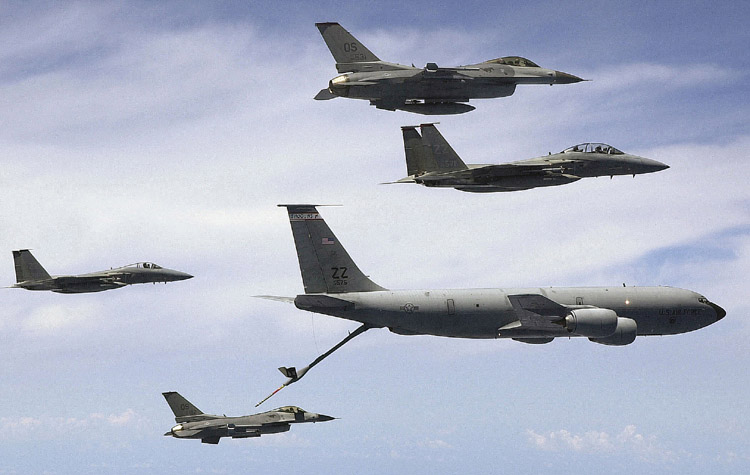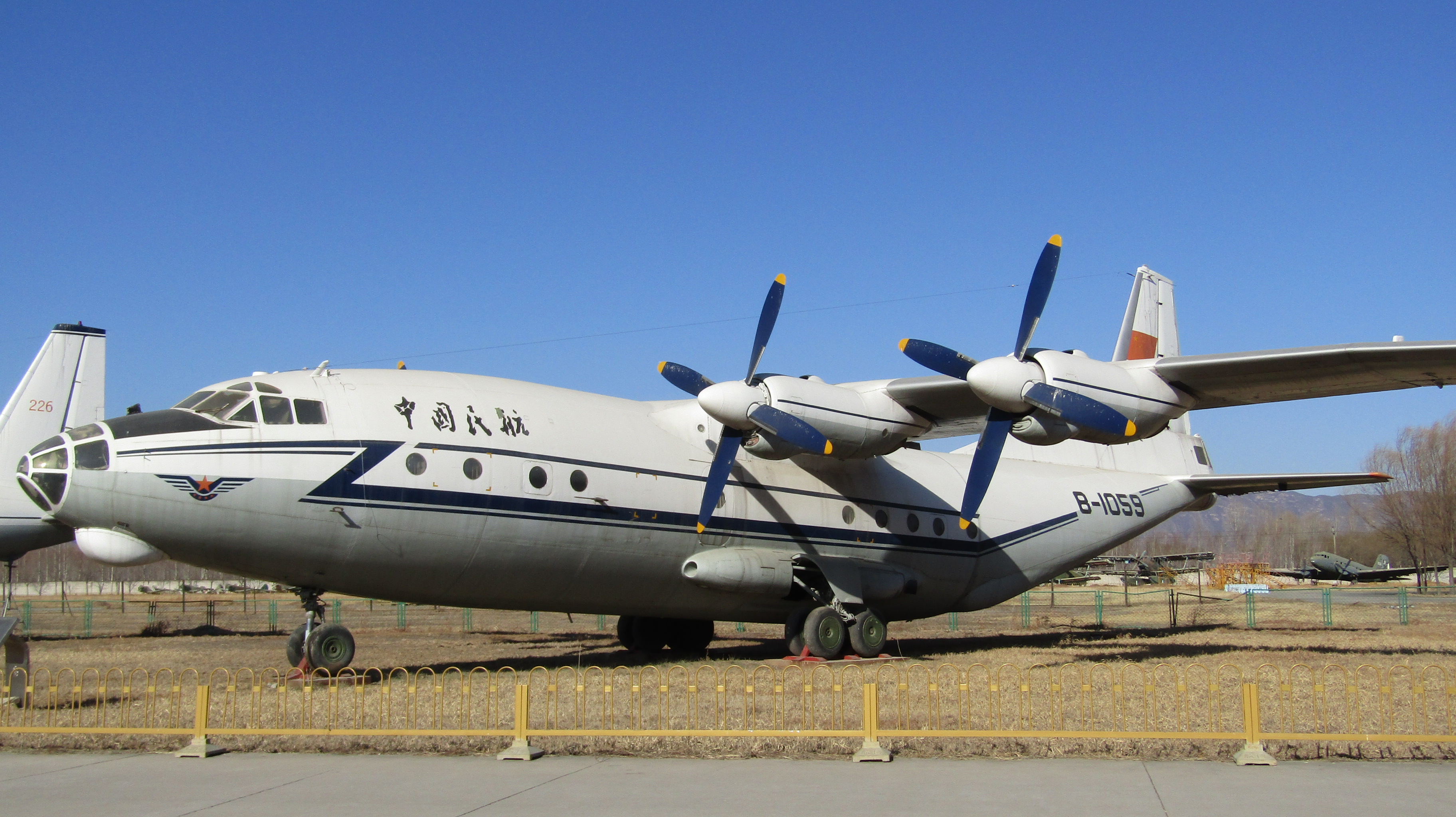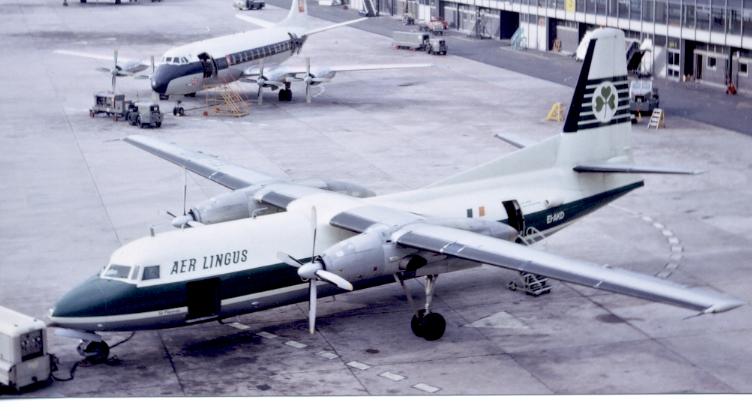|
National Air Force Of Angola
The National Air Force of Angola or FANA ( pt, Força Aérea Nacional de Angola) is the air branch of the Armed Forces of Angola. With an inventory of more than 300 aircraft, FANA is (on paper) one of the largest and strongest air forces of Africa. History Angola became independent from Portugal on 11 November 1975. However, the foundations for the establishment of the air force were laid before independence when members of the then Flying Club of Angola () were assembled at Luanda in October 1975. These people and aircraft left behind by the Portuguese Air Force formed the basis for the air transport branch of the force. The force was formally established on 21 January 1976 as the People's Air Force of Angola / Air and Antiaircraft Defense or FAPA/DAA (). Its first batch of Soviet MiG fighter aircraft was delivered in mid-December 1975. The FAPA/DAA fought several battles with South African Air Force aircraft in November 1981, October 1982, and twice in September 1987. Circ ... [...More Info...] [...Related Items...] OR: [Wikipedia] [Google] [Baidu] |
Air Force
An air force – in the broadest sense – is the national military branch that primarily conducts aerial warfare. More specifically, it is the branch of a nation's armed services that is responsible for aerial warfare as distinct from an army or navy. Typically, air forces are responsible for gaining control of the air, carrying out strategic and tactical bombing missions, and providing support to land and naval forces often in the form of aerial reconnaissance and close air support. The term air force may also refer to a tactical air force or numbered air force, which is an operational formation either within a national air force or comprising several air components from allied nations. Air forces typically consist of a combination of fighters, bombers, helicopters, transport planes and other aircraft. Many air forces may command and control other air defence forces assets such as anti-aircraft artillery, surface-to-air missiles, or anti-ballistic missile warning ne ... [...More Info...] [...Related Items...] OR: [Wikipedia] [Google] [Baidu] |
Sukhoi Su-30
The Sukhoi Su-30 (russian: Сухой Су-30; NATO reporting name: Flanker-C/G/H) is a twin-engine, two-seat supermaneuverable fighter aircraft developed in the Soviet Union by Russia's Sukhoi Aviation Corporation. It is a multirole fighter for all-weather, air-to-air and air interdiction missions. The Su-30 started as an internal development project in the Sukhoi Su-27 family by Sukhoi. The design plan was revamped and the name was made official by the Russian Defense Ministry in 1996. Of the Flanker family, the Su-27, Su-30, Su-33, Su-34 and Su-35 have been ordered into limited or serial production by the Russian Defense Ministry. The Su-30 has two distinct version branches, manufactured by competing organisations: KnAAPO and the Irkut Corporation, both of which come under the Sukhoi aerospace group's umbrella. KnAAPO manufactures the Su-30MKK and the Su-30MK2, which were designed for and sold to China, and later Indonesia, Uganda, Venezuela, and Vietnam. Due to KnA ... [...More Info...] [...Related Items...] OR: [Wikipedia] [Google] [Baidu] |
Antonov An-12
The Antonov An-12 (Russian: Антонов Ан-12; NATO reporting name: Cub) is a four-engined turboprop transport aircraft designed in the Soviet Union. It is the military version of the Antonov An-10 and has many variants. For more than three decades the An-12 was the standard medium-range cargo and paratroop transport aircraft of the Soviet air forces. A total of 1,248 were eventually built. Design and development Developed from the Antonov An-8, the An-12 was a military version of the An-10 passenger transport. The first prototype An-12 flew in December 1957 and entered Soviet military service in 1959. Initially, the aircraft was produced at the State Aviation Factory in Irkutsk. From 1962, production was transferred to Tashkent, where 830 were built. Later, production moved to Voronezh and Kazan. In military use, the An-12 has capacity for up to 100 fully equipped paratroopers or 20,000 kg (44,090 lb) of cargo, which is loaded through the rear loading ramp/door. ... [...More Info...] [...Related Items...] OR: [Wikipedia] [Google] [Baidu] |
C-130 Hercules
The Lockheed C-130 Hercules is an American four-engine turboprop military transport aircraft designed and built by Lockheed Corporation, Lockheed (now Lockheed Martin). Capable of using unprepared runways for takeoffs and landings, the C-130 was originally designed as a troop, Medical evacuation, medevac, and Cargo aircraft, cargo transport aircraft. The versatile airframe has found uses in other roles, including as a gunship (AC-130), for airborne infantry, airborne assault, search and rescue, scientific research support, weather reconnaissance, aerial refueling, maritime patrol, and aerial firefighting. It is now the main tactical airlifter for many military forces worldwide. More than 40 variants of the Hercules, including civilian versions marketed as the Lockheed L-100, operate in more than 60 nations. The C-130 entered service with the U.S. in 1956, followed by Australia and many other nations. During its years of service, the Hercules has participated in numerous milita ... [...More Info...] [...Related Items...] OR: [Wikipedia] [Google] [Baidu] |
Embraer EMB 312 Tucano
The Embraer EMB 312 Tucano (English: ''Toucan'') is a low-wing, tandem-seat, single-turboprop, basic trainer with counter-insurgency capability that was developed in Brazil. The Brazilian Air Force sponsored the EMB-312 project at the end of 1978. Design and development work began in 1979 on a low-cost, relatively simple new basic trainer with innovative features which eventually became the international standard for basic training aircraft. The prototype first flew in 1980, and initial production units were delivered in 1983. Production was initially supported by a local order for 118 aircraft, with options for an additional 50 units in October 1980. It was later matched by an Egyptian licence-produced purchase in 1993 and subsequently by an improved variant known as the Short Tucano, which was licence-produced in the United Kingdom. The Tucano made inroads into the military trainer arena and became one of Embraer's first international marketing successes. A total of 664 uni ... [...More Info...] [...Related Items...] OR: [Wikipedia] [Google] [Baidu] |
Pilatus PC-7
The Pilatus PC-7 Turbo Trainer is a low-wing tandem-seat training aircraft designed and manufactured by Pilatus Aircraft of Switzerland. The aircraft is capable of all basic training functions including aerobatics, instrument, tactical and night flying. The PC-7 was developed from the preceding Pilatus P-3, largely differing by the adoption of a turboprop engine, a bubble canopy, and a new one-piece wing. Introduced during the 1970s, it has since developed a sizable presence of the global trainer market. The type has been adopted by in excess of 20 air forces as their ab initio trainer, as well as multiple civilian operators. Over one million hours have reportedly been flown by PC-7s worldwide. In addition to training operations, some aircraft are armed and have been used for combat missions by several customers, including Chad, Iran, and Mexico, often in violation of the relevant export agreement between the customer and the Swiss government. An improved model of the aircraf ... [...More Info...] [...Related Items...] OR: [Wikipedia] [Google] [Baidu] |
Yakovlev Yak-11
The Yakovlev Yak-11 (russian: Яковлев Як-11; NATO reporting name: "Moose") is a trainer aircraft used by the Soviet Air Force and other Soviet-influenced air forces from 1947 until 1962. Design and development The Yakovlev design bureau began work on an advanced trainer based on the Yak-3 fighter in mid-1944, although the trainer was of low priority owing to the ongoing Second World War.Gunston 1995, p. 469. The first prototype of the new trainer, designated Yak-UTI or Yak-3UTI flew in late 1945. It was based on the radial-powered Yak-3U, but with the new Shvetsov ASh-21 seven-cylinder radial replacing the ASh-82 of the Yak-3U.Gordon Komissarov and Komissarov 2005, p. 249. It used the same all-metal wings as the Yak-3U, with a fuselage of mixed metal and wood construction. The pilot and observer sat in tandem under a long canopy with separate sliding hoods. A single synchronised UBS 12.7 mm machine gun and wing racks for two 100 kg (220 lb) bombs compris ... [...More Info...] [...Related Items...] OR: [Wikipedia] [Google] [Baidu] |
Embraer EMB-110 Bandeirante
The Embraer EMB 110 Bandeirante (English: ''pioneer'') is a Brazilian general purpose 15–21 passenger twin-turboprop light transport aircraft designed by Embraer for military and civil use. The EMB 110 was designed by the French engineer Max Holste; it had been designed in line with specifications issued by the Brazilian Ministry of Aeronautics in 1965.''Air International'' April 1978, pp. 163–164. The goal was to create a general purpose aircraft, suitable for both civilian and military roles with a low operational cost and high reliability. On 26 October 1968, the ''YV-95'' prototype performed its maiden flight; an additional two ''EMB 110'' development aircraft would follow along with an initial order for 80 transport aircraft for the Brazilian Air Force in the following year. Type certification was received from the Brazilian aviation authorities in late 1972, permitting its entry to service in April 1973 with the Brazilian airline company Transbrasil. Various customers i ... [...More Info...] [...Related Items...] OR: [Wikipedia] [Google] [Baidu] |
Fokker F27
The Fokker F27 Friendship is a turboprop airliner developed and manufactured by the Dutch aircraft manufacturer Fokker. It is the most numerous post-war aircraft manufactured in the Netherlands; the F27 was also one of the most successful European airliners of its era. The F27 was developed during the early 1950s with the intent of producing a capable successor to the earlier piston engine-powered airliners that had become commonplace on the market, such as the Douglas DC-3. A key innovation of the F27 was the adoption of the Rolls-Royce Dart turboprop engine, which produced substantially less vibration and noise which provided improved conditions for passengers; another major comfort feature was cabin pressurisation. Innovative manufacturing techniques were also employed in the aircraft's construction. On 24 November 1955, the F27 made its maiden flight; on 19 November 1958, the type was introduced to revenue service. Shortly after its introduction, the F27 was recognised a ... [...More Info...] [...Related Items...] OR: [Wikipedia] [Google] [Baidu] |
Mil Mi-24
The Mil Mi-24 (russian: Миль Ми-24; NATO reporting name: Hind) is a large helicopter gunship, attack helicopter and low-capacity troop transport with room for eight passengers. It is produced by Mil Moscow Helicopter Plant and has been operated since 1972 by the Soviet Air Force and its successors, along with 48 other nations. In NATO circles, the export versions, Mi-25 and Mi-35, are denoted with a letter suffix as "Hind D" and "Hind E". Soviet pilots called the Mi-24 the "flying tank" (russian: летающий танк, letayushchiy tank, links=no), a term used historically with the famous World War II Soviet Il-2 ''Shturmovik'' armored ground attack aircraft. More common unofficial nicknames were "Galina" (or "Galya"), "Crocodile" (russian: Крокодил, Krokodil, links=no), due to the helicopter's camouflage scheme, and "Drinking Glass" (russian: Стакан, Stakan, links=no), because of the flat glass plates that surround earlier Mi-24 variants' cockpits. ... [...More Info...] [...Related Items...] OR: [Wikipedia] [Google] [Baidu] |
Mil Mi-8
The Mil Mi-8 (russian: Ми-8, NATO reporting name: Hip) is a medium twin-turbine helicopter, originally designed by the Soviet Union in the 1960s and introduced into the Soviet Air Force in 1968. It is now produced by Russia. In addition to its most common role as a transport helicopter, the Mi-8 is also used as an airborne command post, armed gunship, and reconnaissance platform. Along with the related, more powerful Mil Mi-17, the Mi-8 is among the world's most-produced helicopters, used by over 50 countries. As of 2015, when combined the two helicopters are the third most common operational military aircraft in the world. Design and development Mikhail Mil originally approached the Soviet government with a proposal to design an all-new two-engined turbine helicopter in 1959 after the success of the Mil Mi-4 and the emergence and effectiveness of turbines used in the Mil Mi-6. After design and development, the Mi-8 was subsequently introduced into the Soviet Air For ... [...More Info...] [...Related Items...] OR: [Wikipedia] [Google] [Baidu] |




.jpg)

.jpg)
.jpg)

